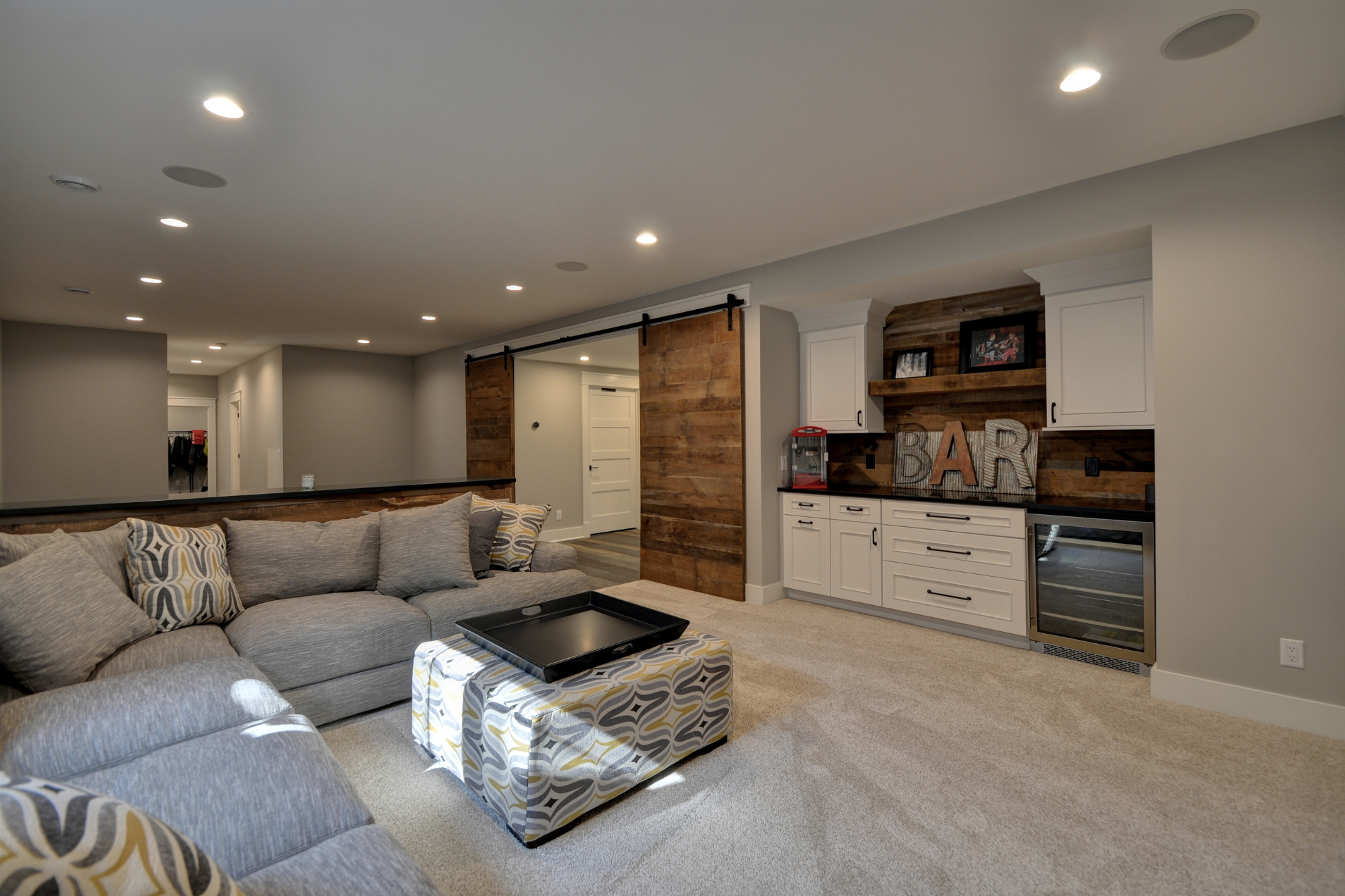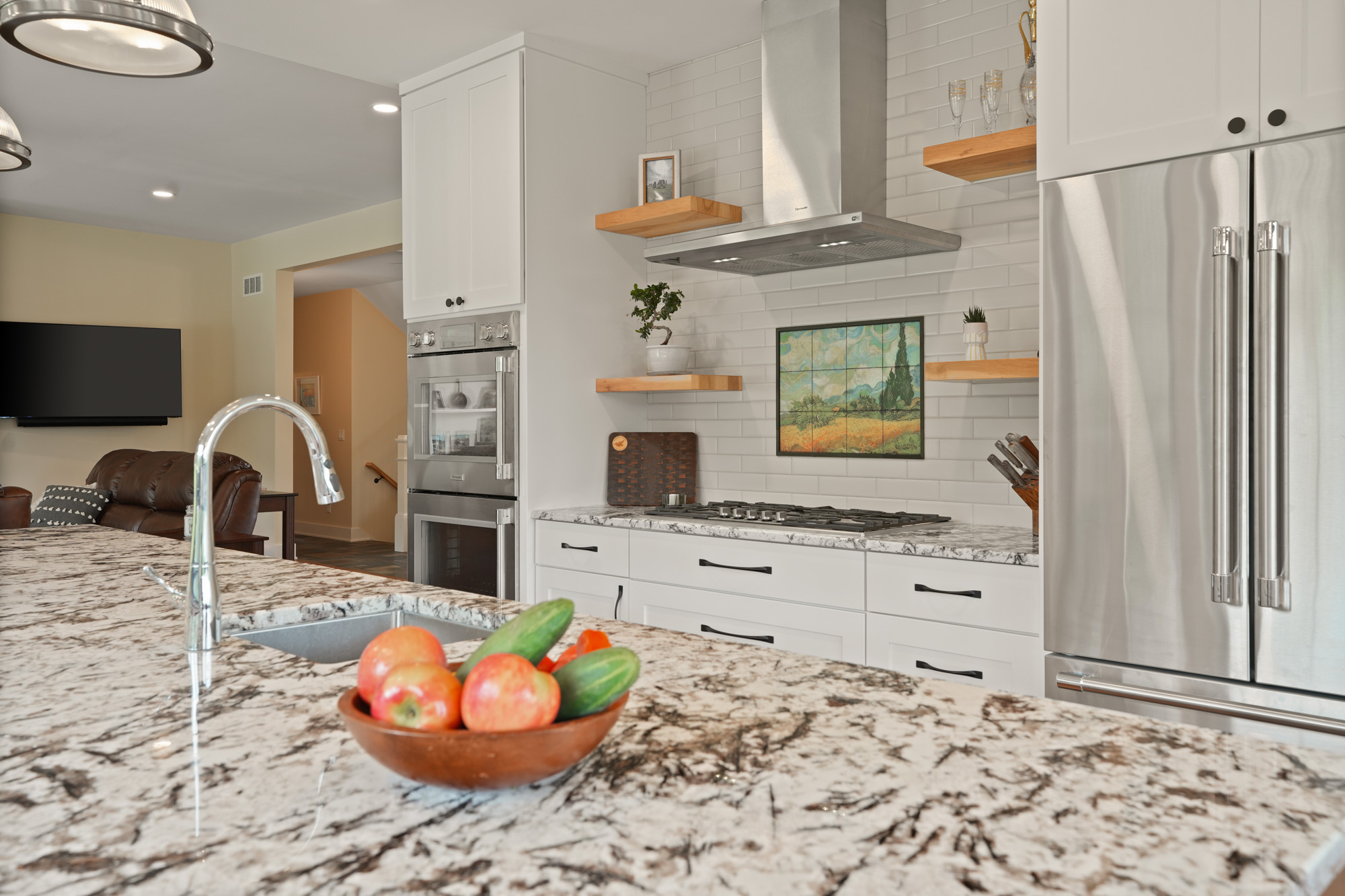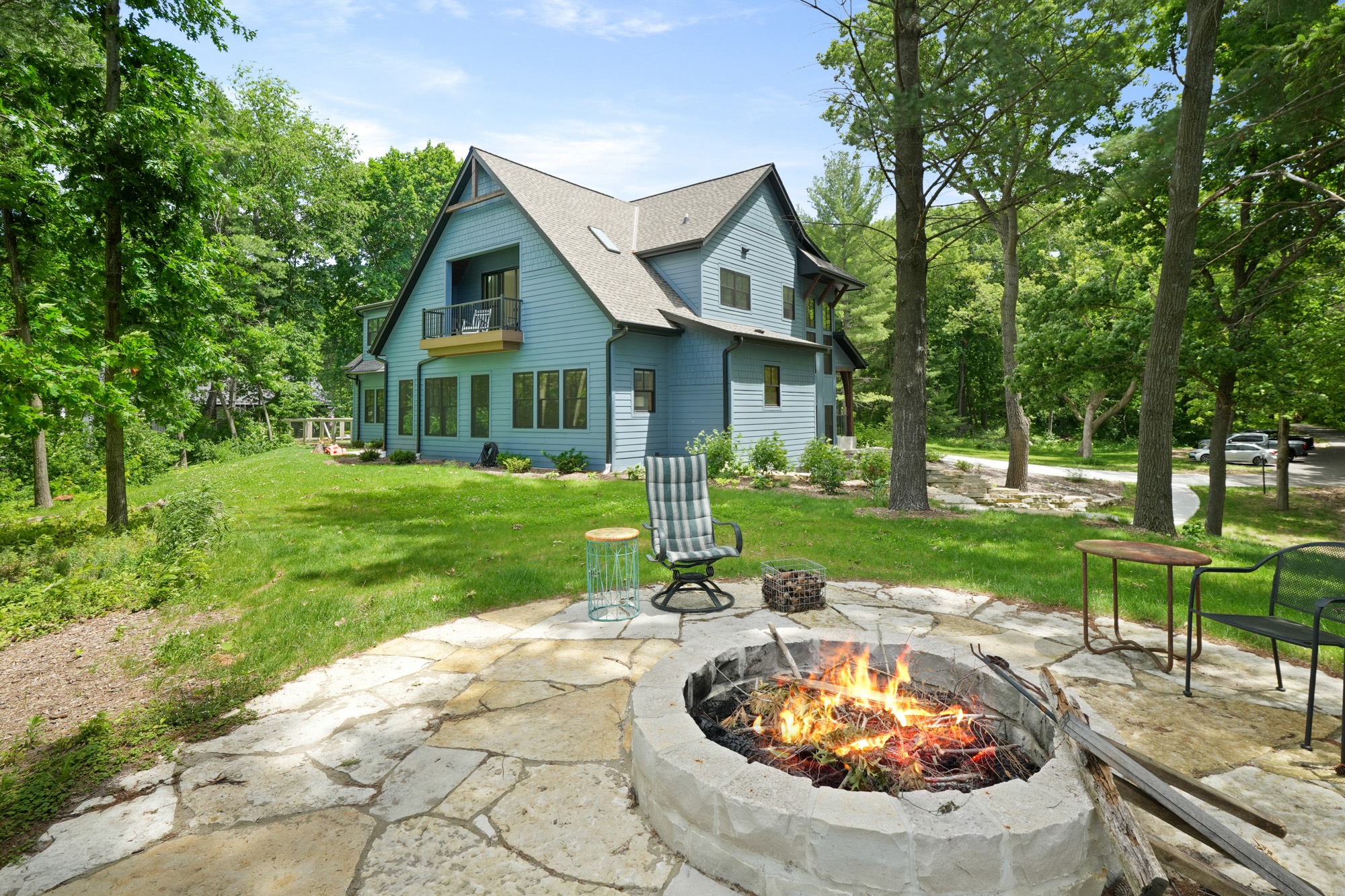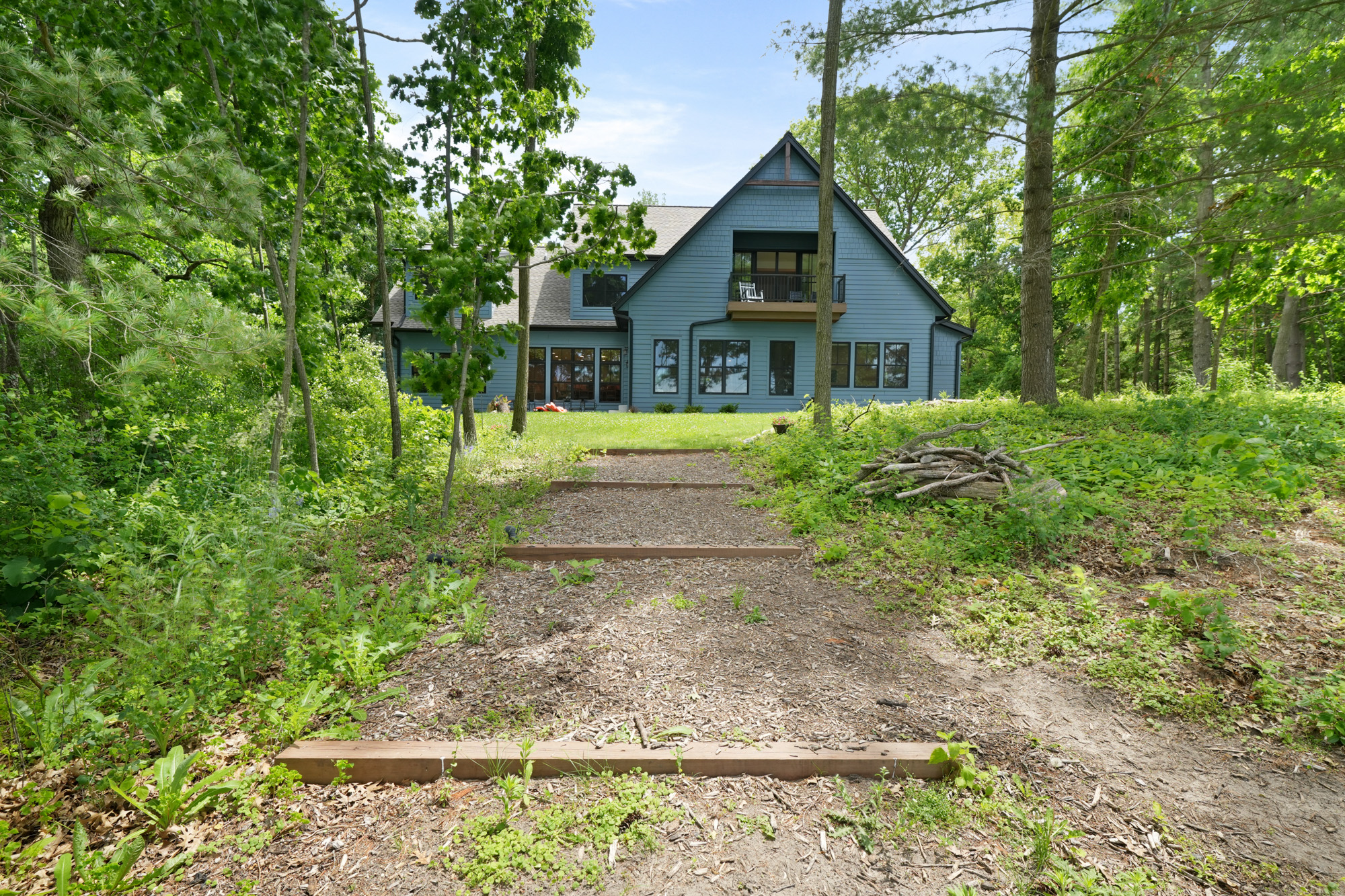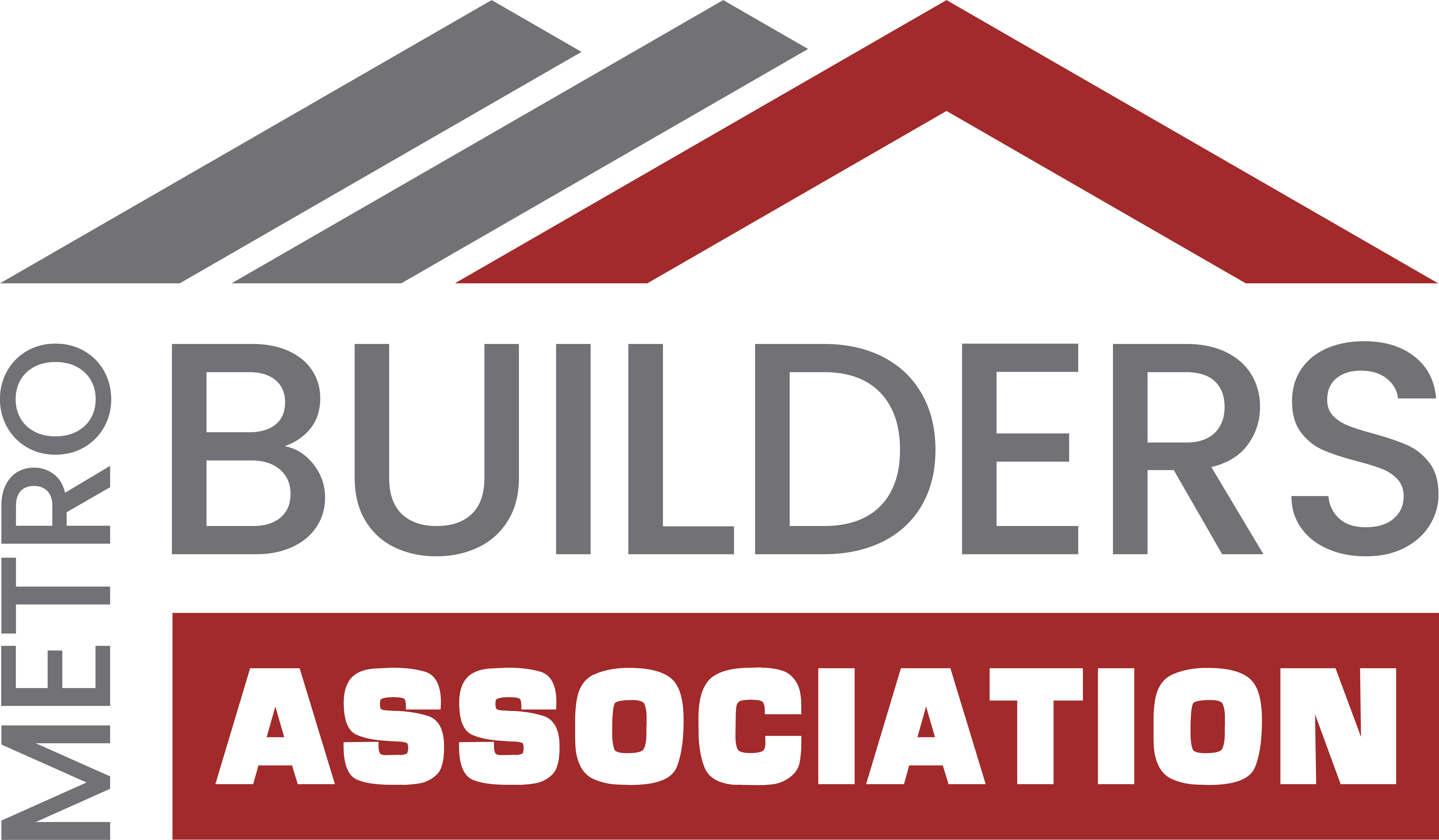How to Design a Flood-Resistant Home in Brookfield, WI: What Local Builders Recommend
If you live in Brookfield, WI, you know that unpredictable weather can bring unexpected surprises. One big issue that has grown in recent years is flooding, especially as we see changes in local climate patterns. The good news? Building a flood-resistant home is a smart solution that can help you avoid the chaos and damages that a flood might cause. In 2024, homebuilders like Redleaf Homes are increasingly focused on designing homes that can withstand these natural challenges, and today, we’re going to dive into exactly how they do it.
Whether you’re considering building a new custom home or just want to be informed, understanding how to design a flood-resistant home is key. Redleaf Homes—your local home builders in Brookfield, WI—are here to share the top strategies for making your home flood-resilient.

Why Consider Flood-Resistant Design in Brookfield, WI?
Flooding isn’t always the first thing on people’s minds when thinking about Brookfield, but it should be. With climate change bringing heavier rainstorms, the risk of flooding is on the rise. In 2024, more homes are experiencing issues. They aren’t designed to handle excess water, and homeowners are paying the price. A flood-resistant home isn’t just about safety. It’s also about peace of mind and avoiding hefty repair bills in the future.
What Makes a Home Flood-Resistant?
Flood-resistant homes are built to prevent or minimize water damage during heavy rains or flooding events. This means using specific materials and design techniques that make the structure stronger against flooding. As your trusted home builders in Brookfield, WI, Redleaf Homes has some top recommendations for keeping your future home as protected as possible.
Key Design Elements for a Flood-Resistant Home
Let’s break down the key design features that make a home resilient to flooding (FEMA provides detailed guidelines on flood-resistant construction):
1. Elevate the Structure
One of the first things any home builder will tell you when designing a flood-resistant home is: raise it up! The elevation of the building above expected flood levels is critical. Builders in Brookfield are now commonly elevating homes on a raised foundation or stilts, depending on the location.
Raising your house can be the difference between water rushing through your living room or flowing harmlessly below your home. Elevation is one of the most effective ways to mitigate flooding. This is especially true in areas where heavy rain and flash floods are a risk. Ready.gov provides information on flood risks and preparedness).
2. Use Flood-Resistant Materials
Not all materials are created equal, especially when it comes to handling water. For a flood-resistant home, it’s important to choose materials that won’t be ruined by a bit (or a lot) of water. Materials like:
- Concrete
- Tile flooring
- Water-resistant drywall
- Non-porous insulation
These choices are crucial in preventing lasting damage. Imagine that a flood occurs—if your walls and floors are made of materials that soak up water, you’re looking at a nightmare of mold and replacement costs. Redleaf Homes encourages Brookfield homeowners to use these resilient materials throughout (EPA provides guidance on choosing materials for flood resilience) the build.
3. Smart Landscaping Techniques
Flood resistance isn’t just about the house itself—it’s also about the surrounding land. Consider using landscaping techniques like installing rain gardens or grading the land around your house. This helps to direct water away from the structure.
In Brookfield, where heavy rain can quickly lead to pooling water, landscaping becomes an important aspect of flood defense. Adding permeable pavers (HGTV provides insights into the benefits of using permeable pavers for better water drainage) or using gravel rather than concrete can help absorb rainwater and keep it from collecting near your home.
4. Install Flood Vents
Flood vents are small openings that allow water to flow through the foundation of your house. This might sound counterintuitive, but allowing water to pass freely helps prevent the buildup of pressure that can damage walls or foundations. It’s a bit like giving the water somewhere to go so it doesn’t push against your house. Local builders in Brookfield are recommending flood vents (FEMA provides information on flood vent requirements) as an effective way to prevent structural damage during a flood.
5. Invest in a Sump Pump System
Another effective way to safeguard your home from flooding is to install a high-quality sump pump system. A sump pump will remove water that collects in your basement or crawlspace before it becomes an issue.
Redleaf Homes recommends using a backup power source for your sump pump as well, since many flooding events come with power outages. In 2024, sump pumps have become even smarter, with battery backups and remote alerts that can notify you if water levels are rising.
6. Design With Openings Above Flood Levels
In a flood-resistant home, it’s a good idea to place important utility systems, electrical outlets, and wiring above potential flood levels. By designing your home this way, you’re ensuring that, even if floodwaters enter, your essential systems stay safe and functional.
Builders like Redleaf Homes often recommend placing water heaters, HVAC systems, and major appliances on platforms in your garage or basement—keeping them high and dry.
2024 Flood-Resistant Trends: What’s New?
As we move into 2024, more homeowners are becoming proactive about flood resilience. Here are a few trends Redleaf Homes sees in flood-resistant home design:
Eco-Friendly Drainage Systems
Flood-resistant doesn’t just mean functional; it can also be sustainable. New eco-friendly drainage systems are being designed to handle excess water without harming the environment. Think rainwater harvesting systems that collect and store rainwater for future use—perfect for a sustainable garden!
Smart Home Water Monitoring
Smart home water monitoring (Consumer Reports provides insights into the best smart water monitoring systems) is making flood protection smarter. Technology is making flood protection smarter. New smart home systems are available that alert you when water is detected in areas it shouldn’t be. These sensors can send notifications to your phone so you can react quickly, even if you’re not home. In 2024, these smart monitoring systems are becoming more accessible and cost-effective, making them a great addition to any new home build.
How Flood-Resistant Design Benefits Brookfield Homeowners
Designing your home to be flood-resistant isn’t just about preventing damages; it also means adding long-term value to your property. Homes designed to handle floods are more appealing to future buyers, especially given the changing weather trends in Brookfield.
More importantly, a flood-resistant home gives you peace of mind. Knowing that your home is ready for anything—even the worst that Mother Nature has to offer—makes all the difference when the forecast looks grim.
Quick Summary: Key Points for Building a Flood-Resistant Home
- Elevate the structure: Raised foundations keep water out.
- Choose flood-resistant materials: Concrete, tile, and other non-porous materials help avoid water damage.
- Install smart landscaping: Grade the yard to direct water away and use permeable surfaces.
- Use flood vents: Allow water to pass through safely to avoid pressure damage.
- Have a reliable sump pump: Backup power is a must!
- Place utilities above flood levels (The U.S. Department of Energy provides guidelines on floodproofing home electrical systems): Keep electrical outlets, HVAC systems, and water heaters safe.

Ready to Design Your Flood-Resistant Dream Home?
If you’re thinking about building your dream home in Brookfield, WI, why not make it flood-resistant from the start? At Redleaf Homes, we specialize in creating unique custom homes that don’t just fit your lifestyle—they stand the test of time and weather. Whether you’re interested in elevated foundations, sustainable drainage, or just want to see the latest design trends, we’re here to help.
Give us a call or visit our showroom to explore the options for your future flood-resistant home. Let’s build a home that’s not only beautiful but also prepared for anything!


